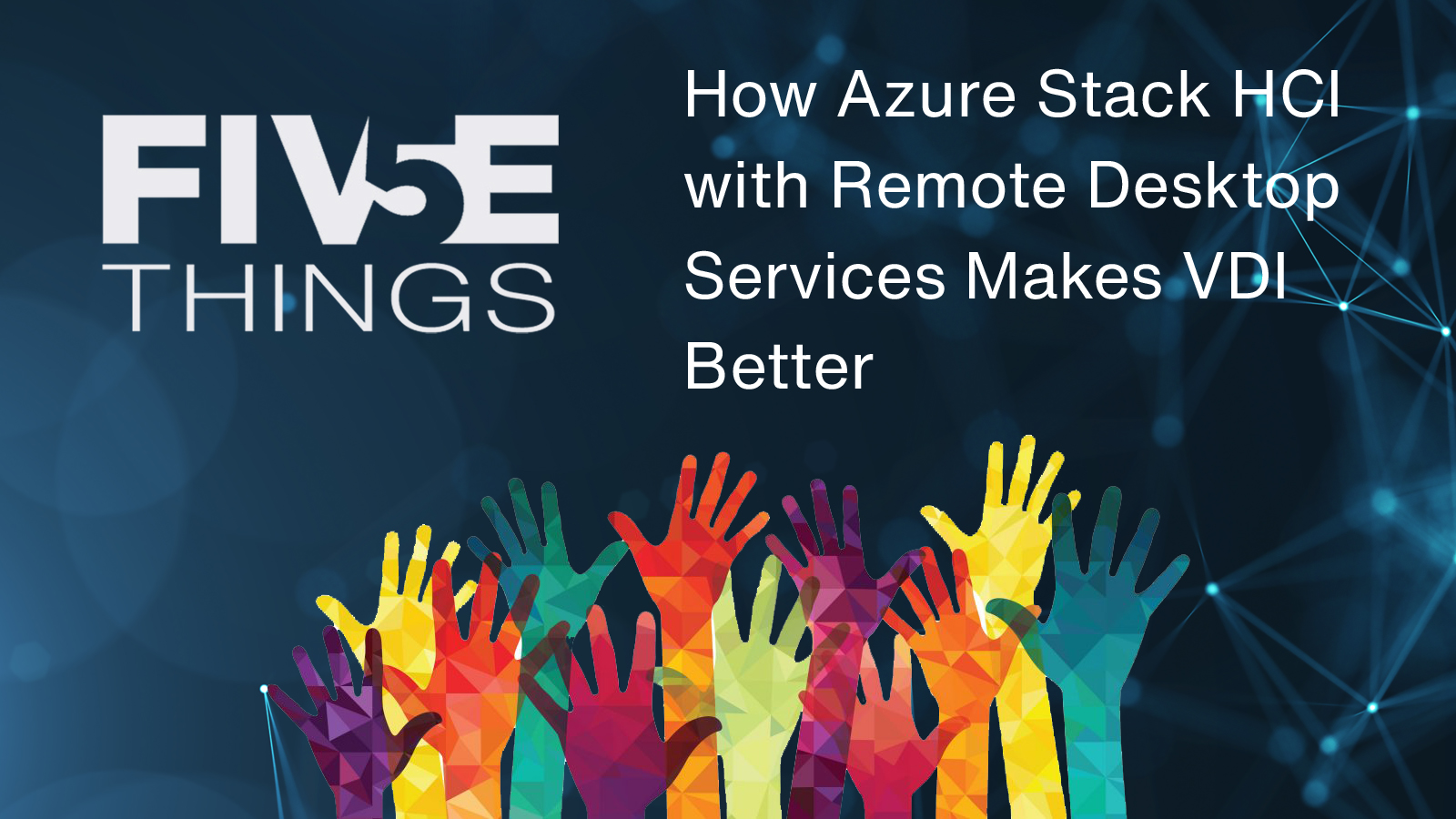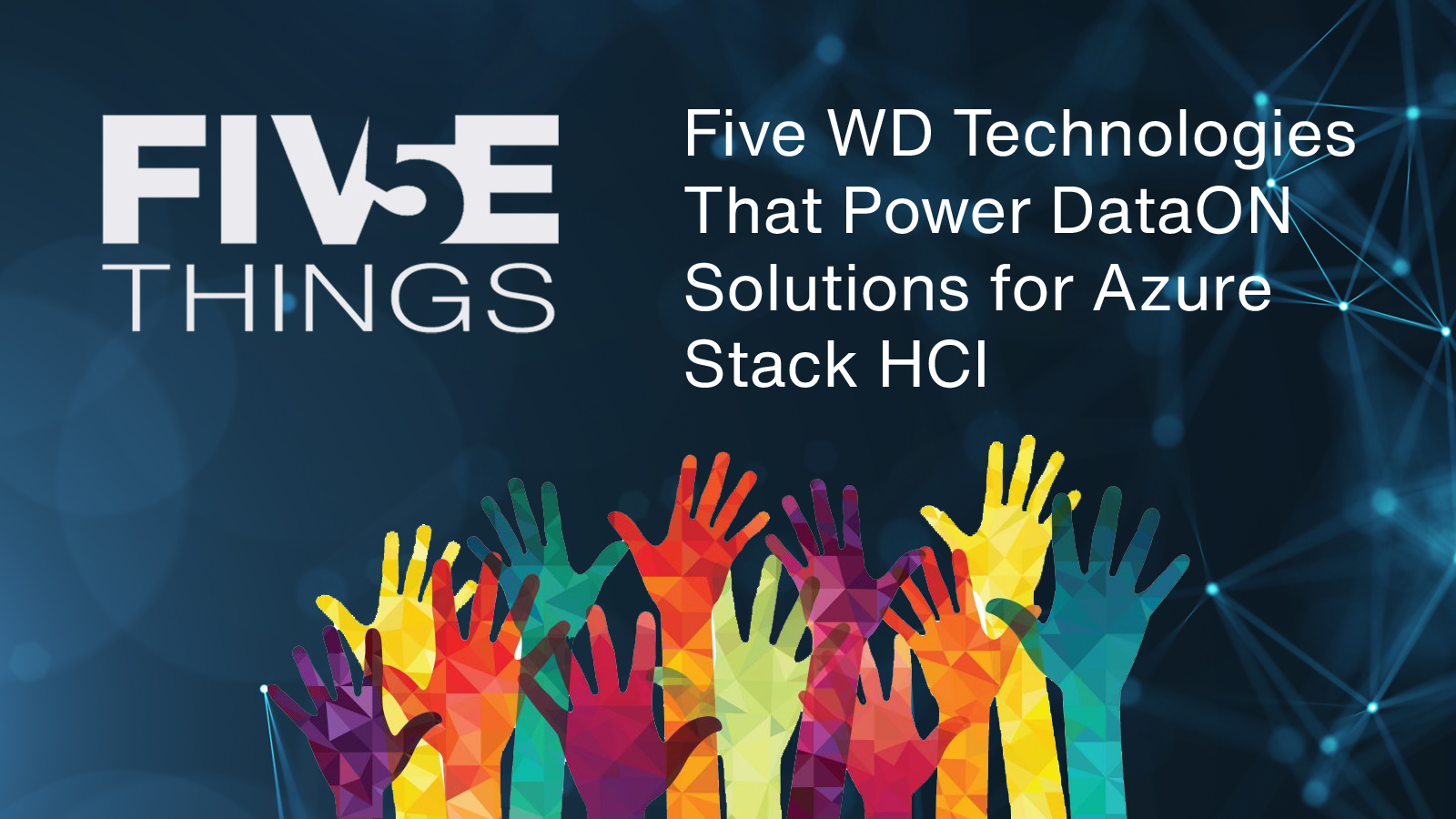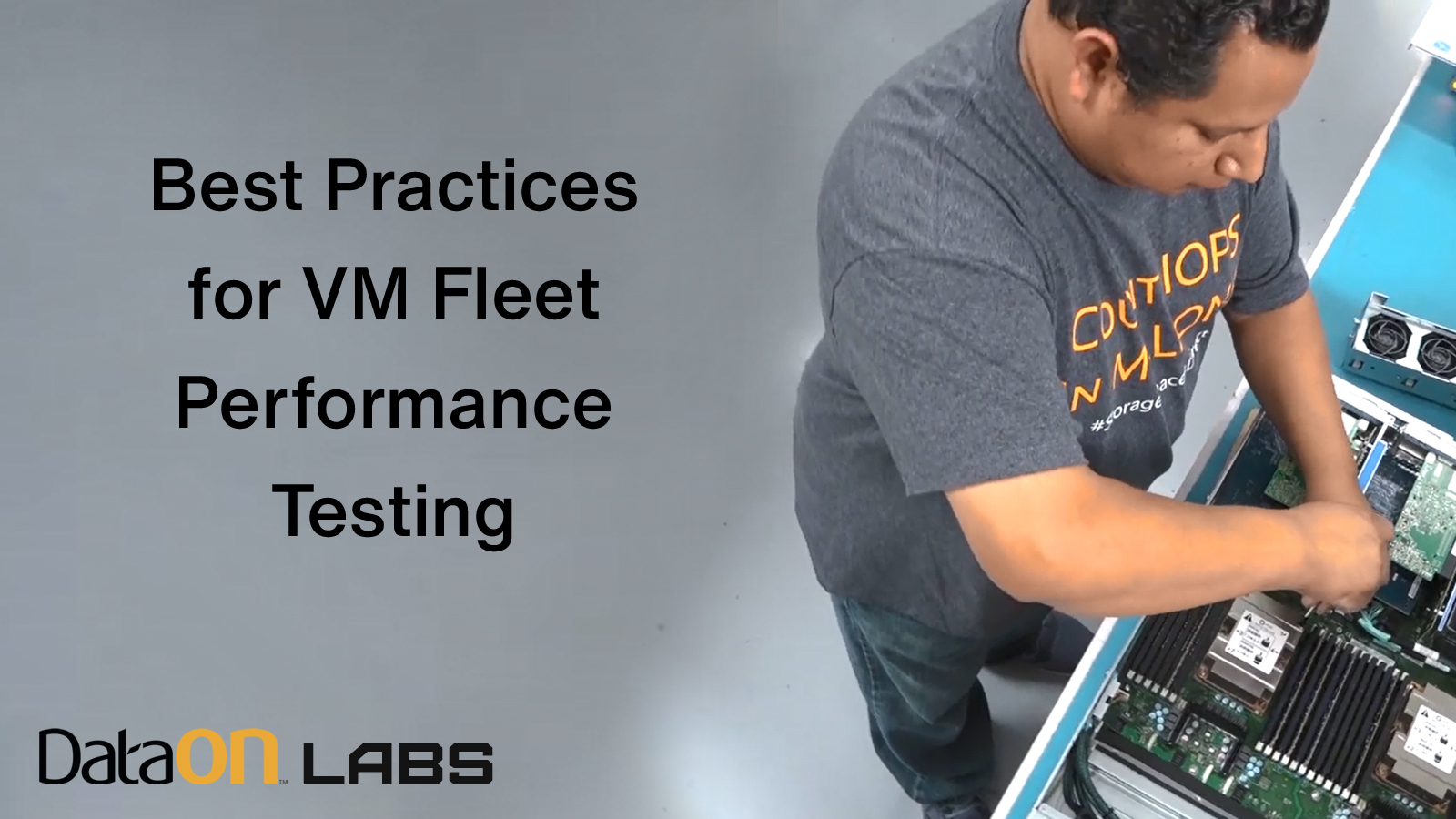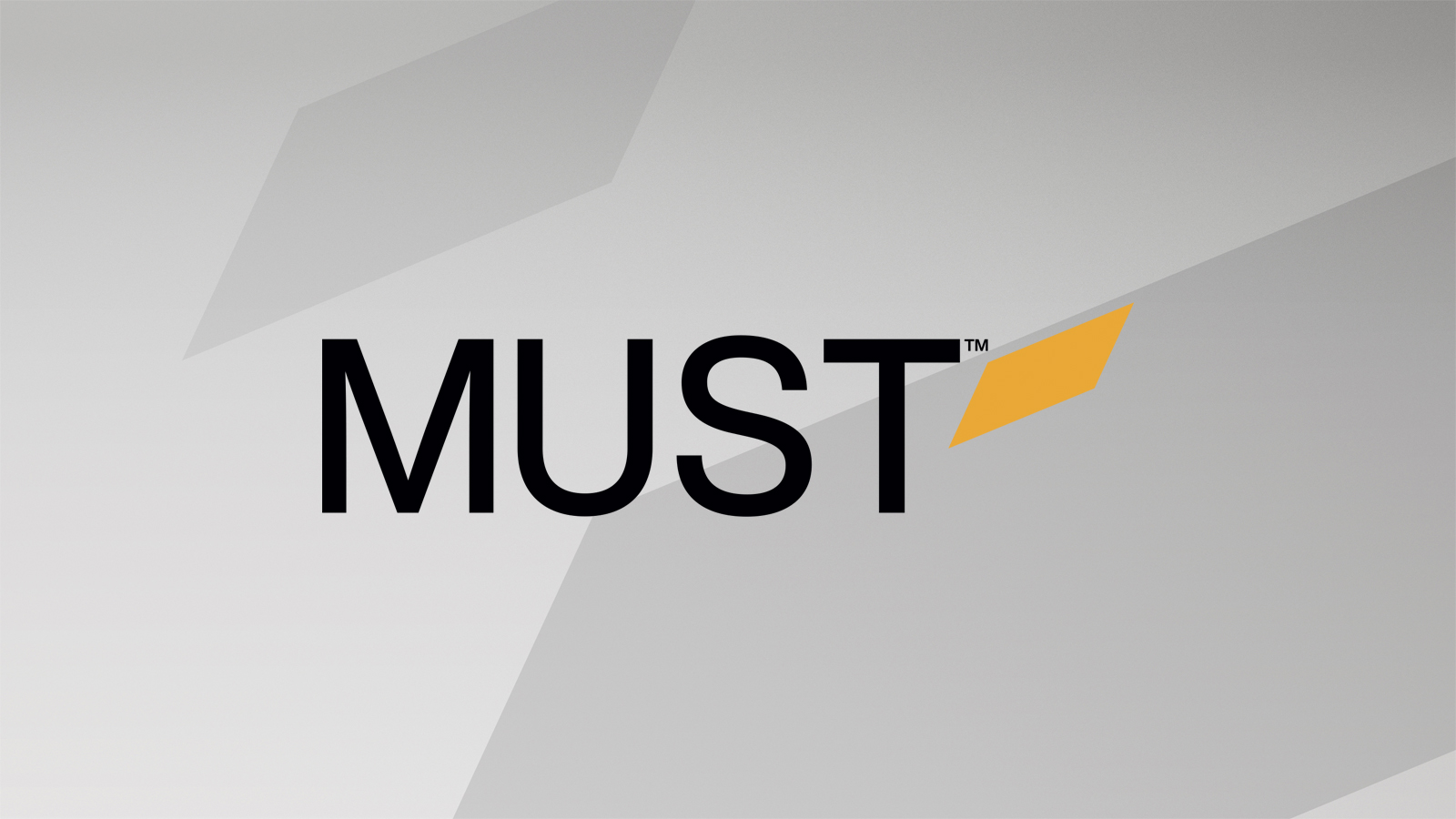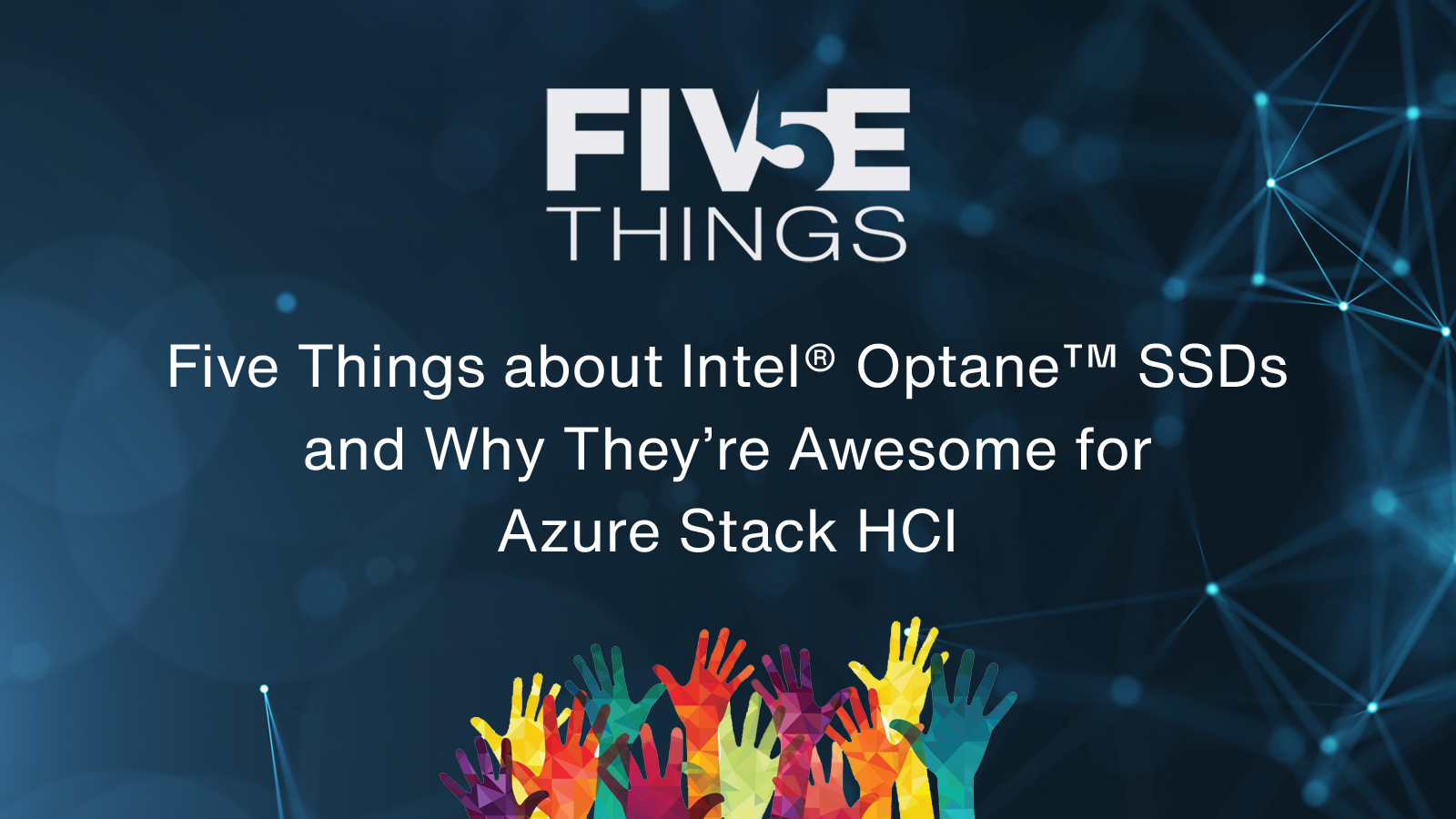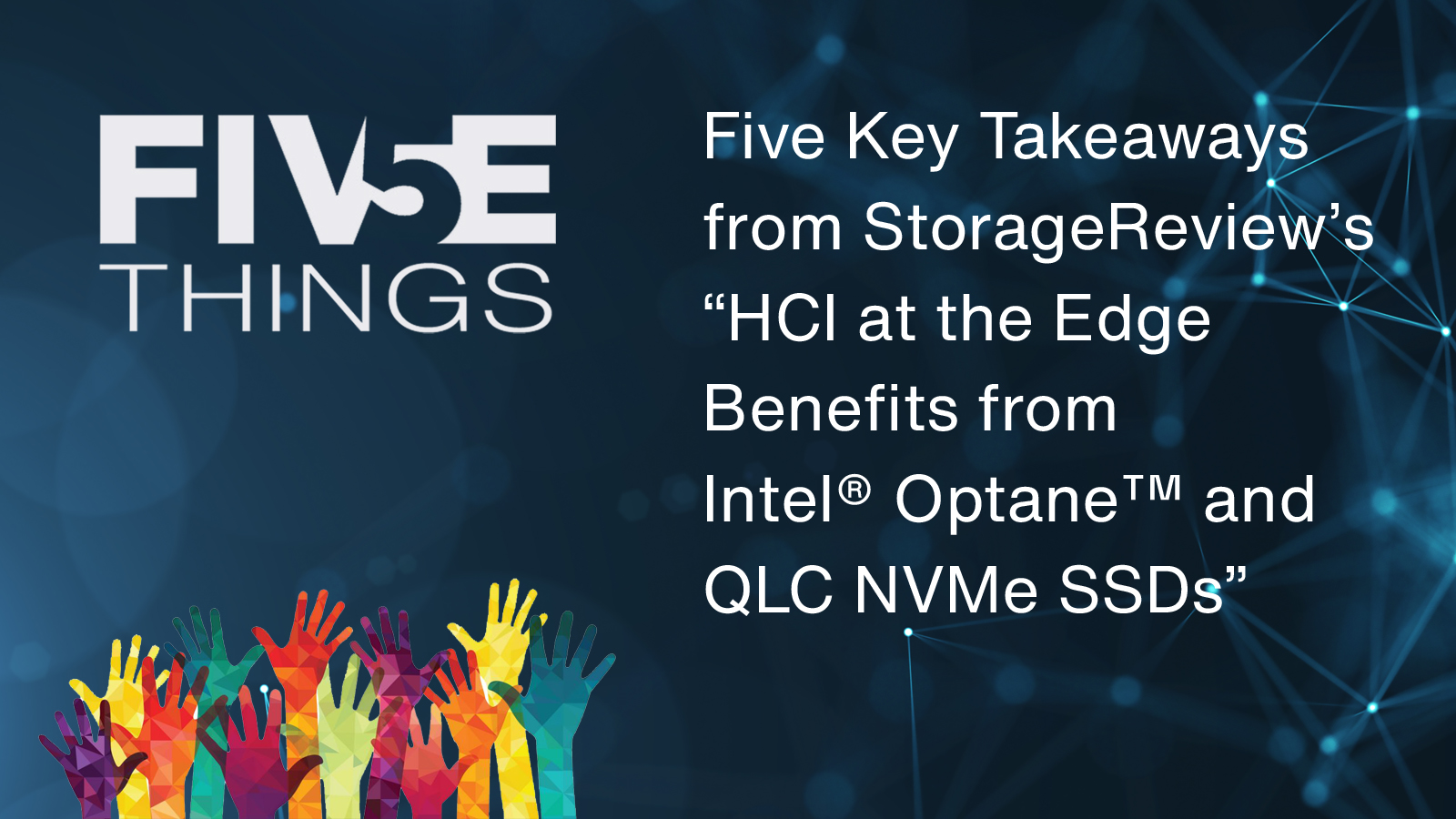Howard on HCI: DataON & Microsoft are Starting a New Era with Azure Stack HCI!
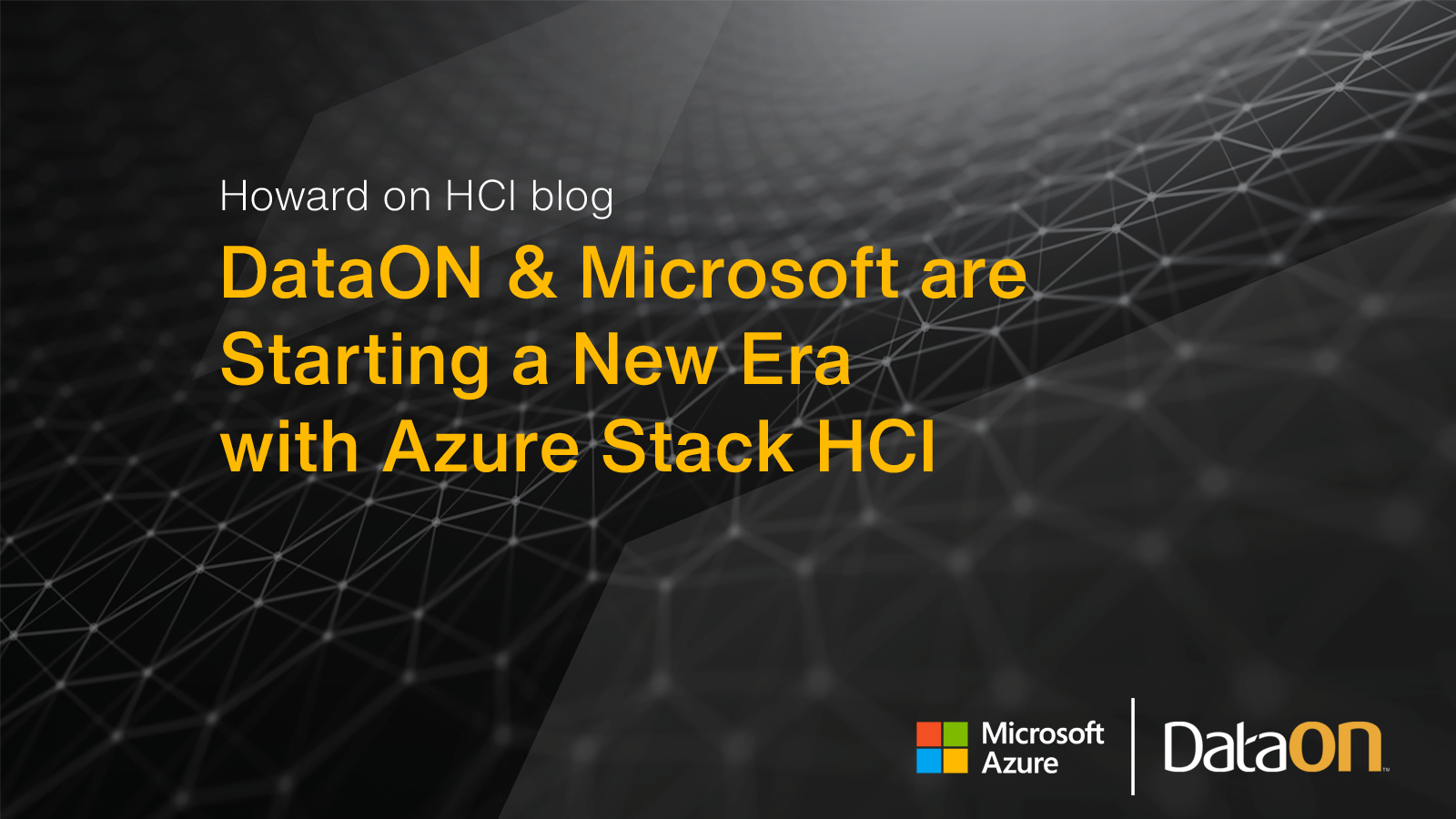
Last Thursday Microsoft announced the general availability of Azure Stack HCI, the new subscription service for hyper-converged infrastructure from Microsoft Azure. It’s the next step in the evolution of software-defined infrastructure from Microsoft, bringing together the familiarity and flexibility of on-premises virtualization with powerful new hybrid capabilities. It’s come a long way from the early … Howard on HCI: DataON & Microsoft are Starting a New Era with Azure Stack HCI!
